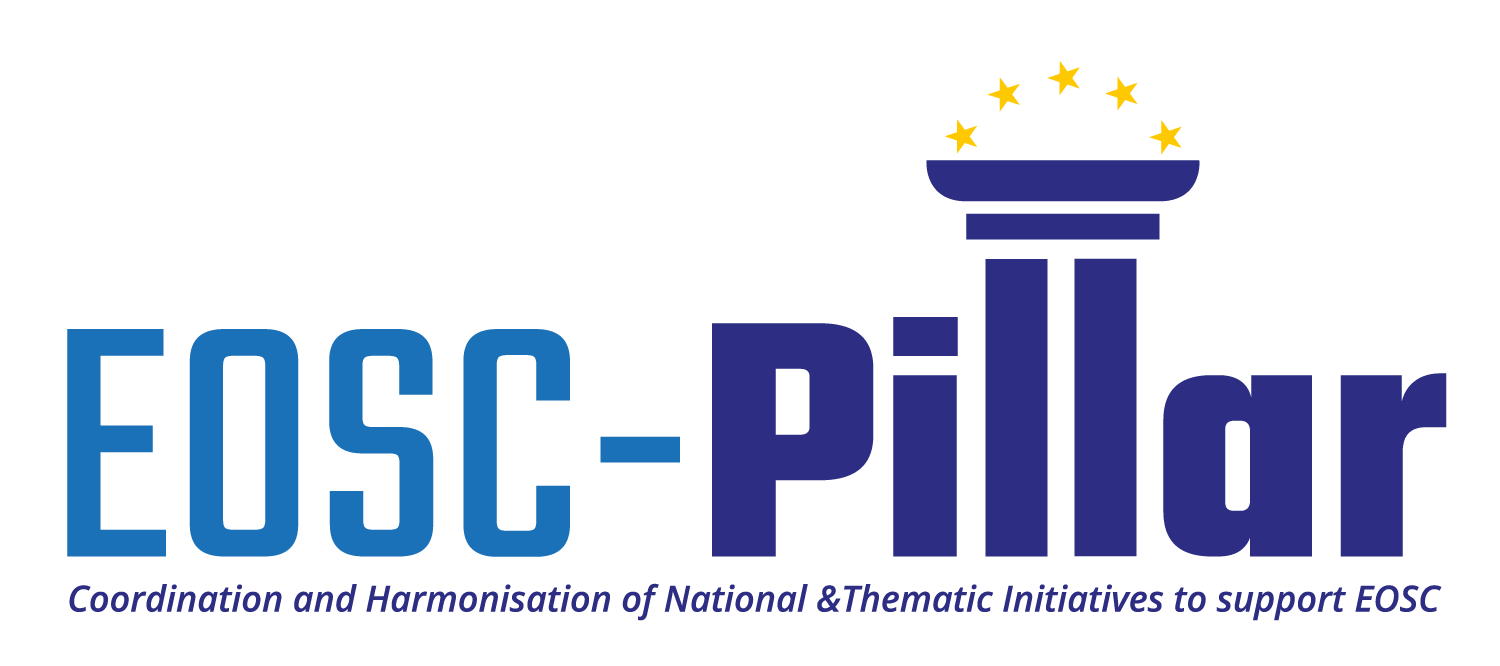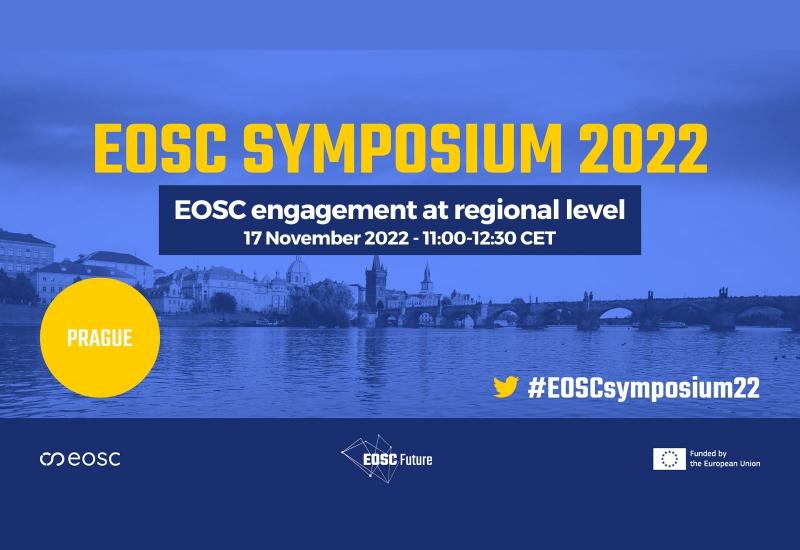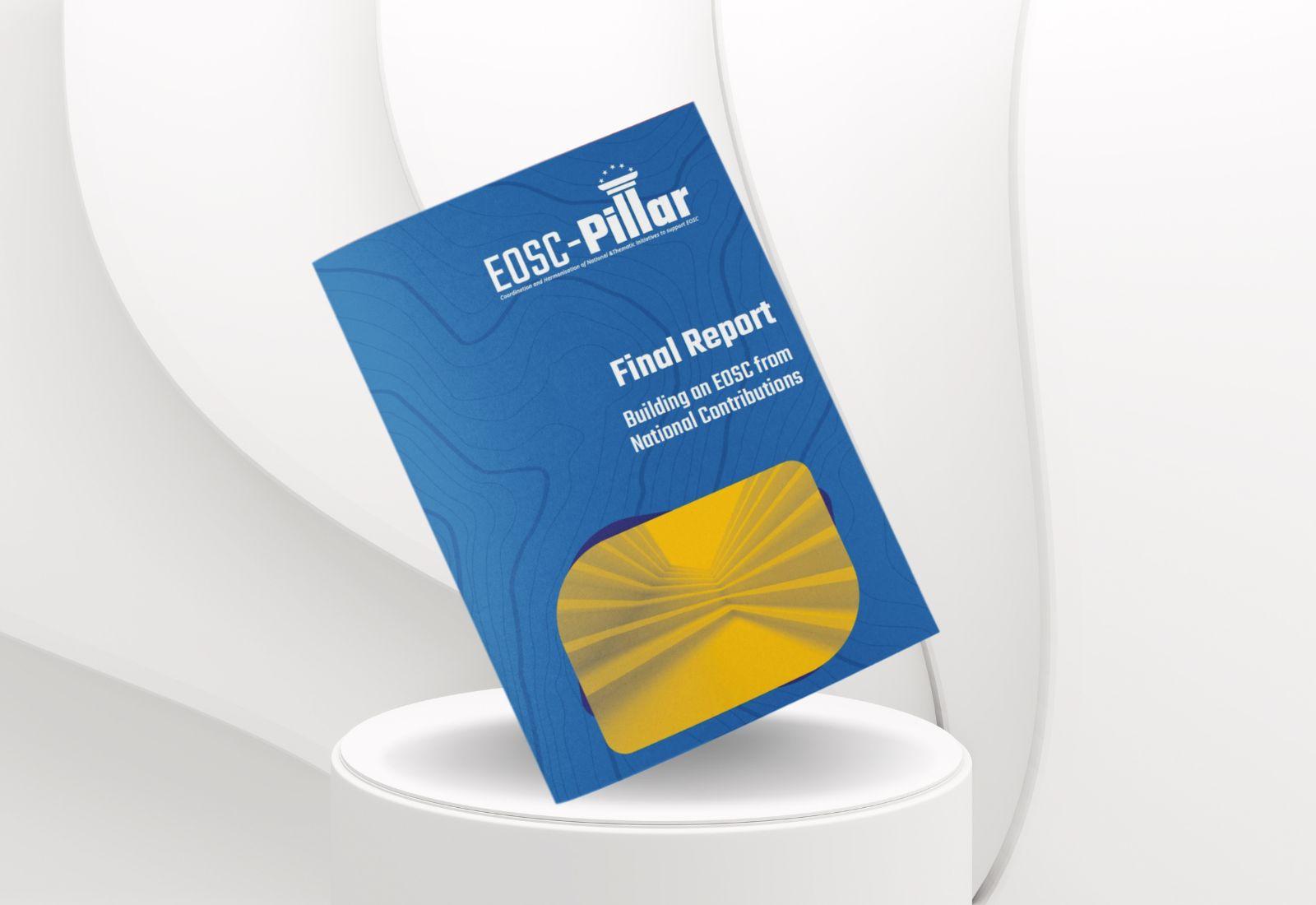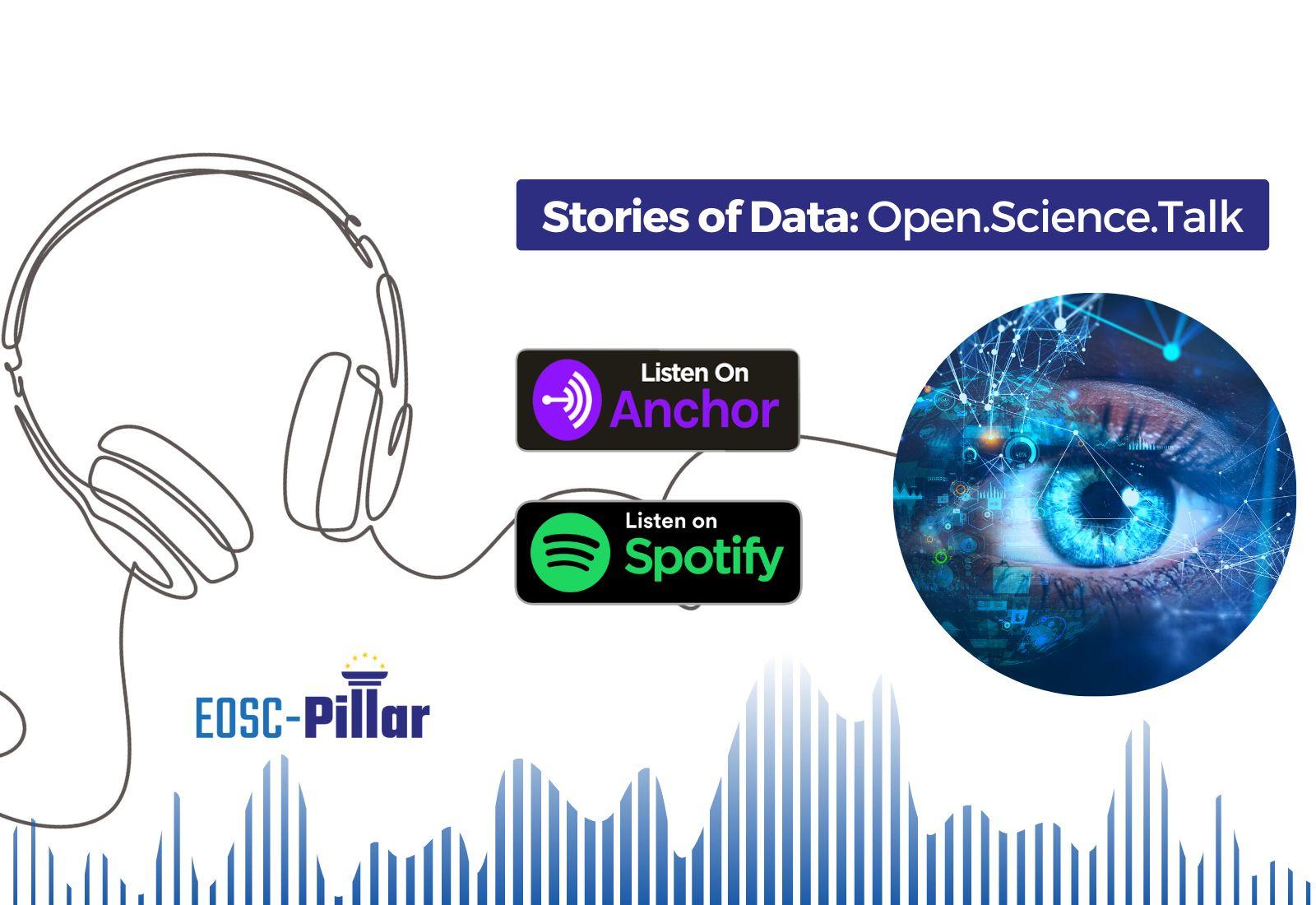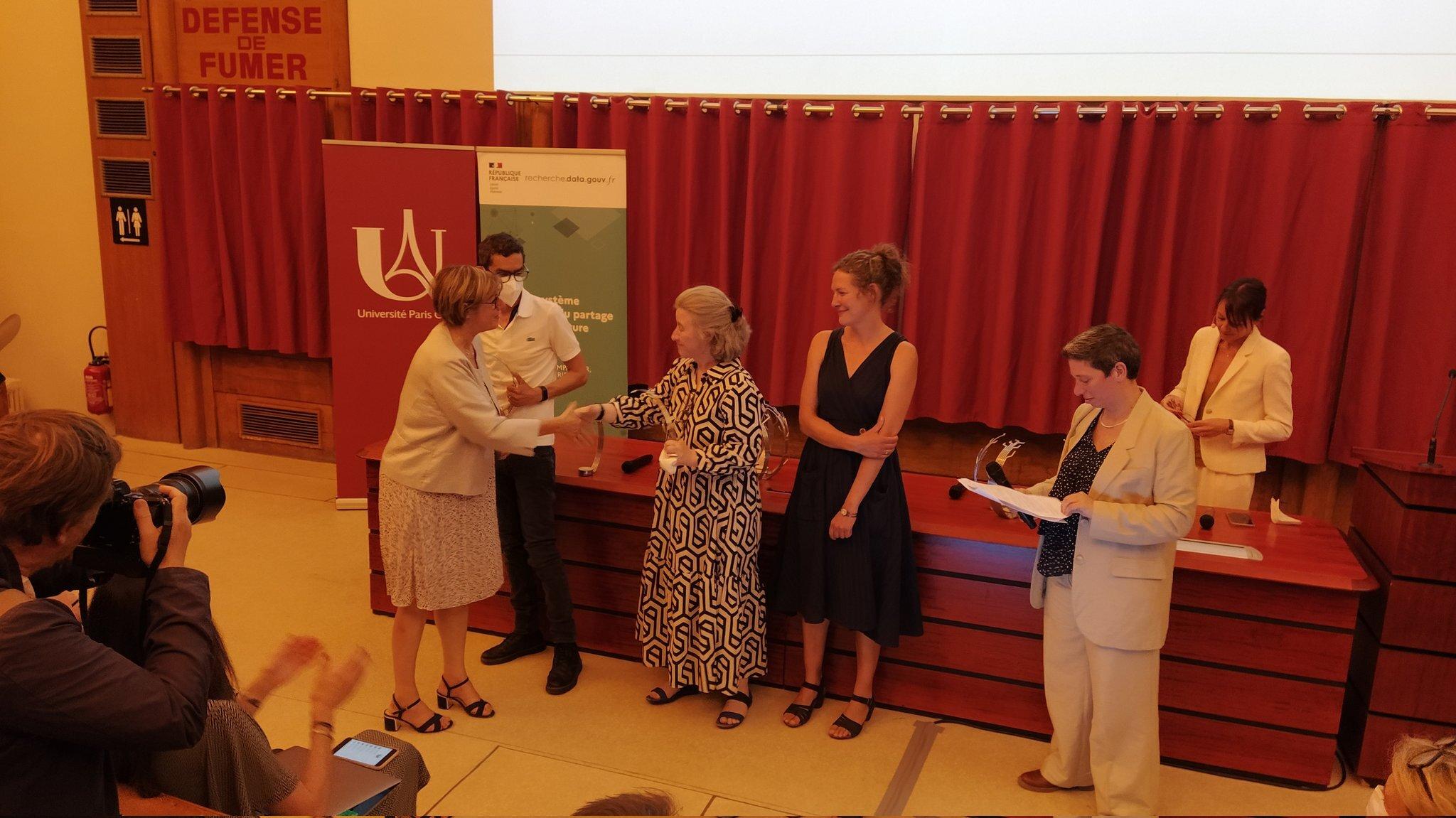
Policy and Business Models Work Update
November
25,
2021
Insight

This article is taken from the EOSC-Pillar Second Annual Report, you can download the full report here.
By Sara Di Giorgio & Federica Tanlongo, GARR
EOSC-Pillar through Work Package 4 is moving from national initiatives to a viable system of trans-national and ultimately pan-European services. An extensive study on common policies and legal framework was carried out to achieve a common understanding of existing regulations on IPR, Open Data and data protection regulations, also taking into consideration legal and organisational aspects of services delivery in a federated environment, across the five Member States covered by EOSC-Pillar (Austria, Belgium, France, Germany, Italy). The study, presented in the Report 4.1 'Legal and Policy framework and federation blueprint’, maps differences and gaps in the national regulations, identifies obstacles and fragmentations, and proposes guidelines & a practical checklist to guide researchers and service providers in publishing their data and federating their services in the context of the EOSC cross-border ecosystem. Moreover, recommendations for policy makers were elaborated to highlight issues where an harmonisation effort is needed. A ‘second edition’ of this document, published at the end of July 2021, also included a comparison of legal and policy topics of our study to RoP and SRIA and performed a more in-depth study into service delivery and service level management.
EOSC-Pillar has investigated characteristics of each country in order to consolidate National Initiatives, as strategic nodes for on-boarding services in the EOSC general Catalogue and for animating and engaging with users communities. On the basis of the findings of the WP3 survey, WP4 conducted a qualitative consultation with some selected National Initiatives with the aim of identifying peculiarities and highlighting the points of strength and the areas of improvement. This activity will lead us on tailoring our support offer for the definition of policies and governance, to help them achieve better representativeness in the National and European panorama and in drafting a roadmap that will present guidelines and actions to be performed to consolidate National Initiatives, that will be delivered in the second period.
The consultation with National Initiatives also allowed us to collect important feedback regarding business models and the gaps and opportunities that need to be addressed for the development of EOSC. A webinar on business and procurement models was co-organised with NI4OS in July 2021, involving representatives of National agencies, RIs and international organisations such as CODATA and RDA enriched the research WP4 is leading. The output of these activities will be the provision of science-driven recommendations and guidelines for sustainable business models and for lowering barriers to their adoption in an Open Science environment.
EOSC-Pillar through WP4 greatly contributes to promote the cross-project collaboration among the INFRAEOSC-05-2018-2019 call (Call5), i.e., EOSC-Synergy, EOSC-Pillar, EOSC Nordic, NI4OS-Europe, ExPaNDS, FAIRsFAIR, and EOSCSecretariat.eu. An important outcome is the Proposal for Living Indicators to Monitor MS Progresses towards EOSC Readiness, from the Landscape Task Force coordinated by EOSC-Pillar’s representative. Based on the Proposal, a Dashboard platform has been developed, thanks to EOSC Secretariat Co-creation funds. It’s a PoC that will allow us to better define the workflows and the processes for practically implementing the active monitoring, reporting and analysis of progress against the indicators, including user guidelines and flexible solutions to update and develop new indicators. The PoC methodology and first results are being shared with the new EOSC-Future project and with the EOSC Steering board working group on EOSC readiness indicators, which will build on them to design the future monitoring framework for the EOSC scenario across the EU countries, in order to provide decision makers with educated information for their decisions and ultimately help turning EOSC into a reality in the different regions.



